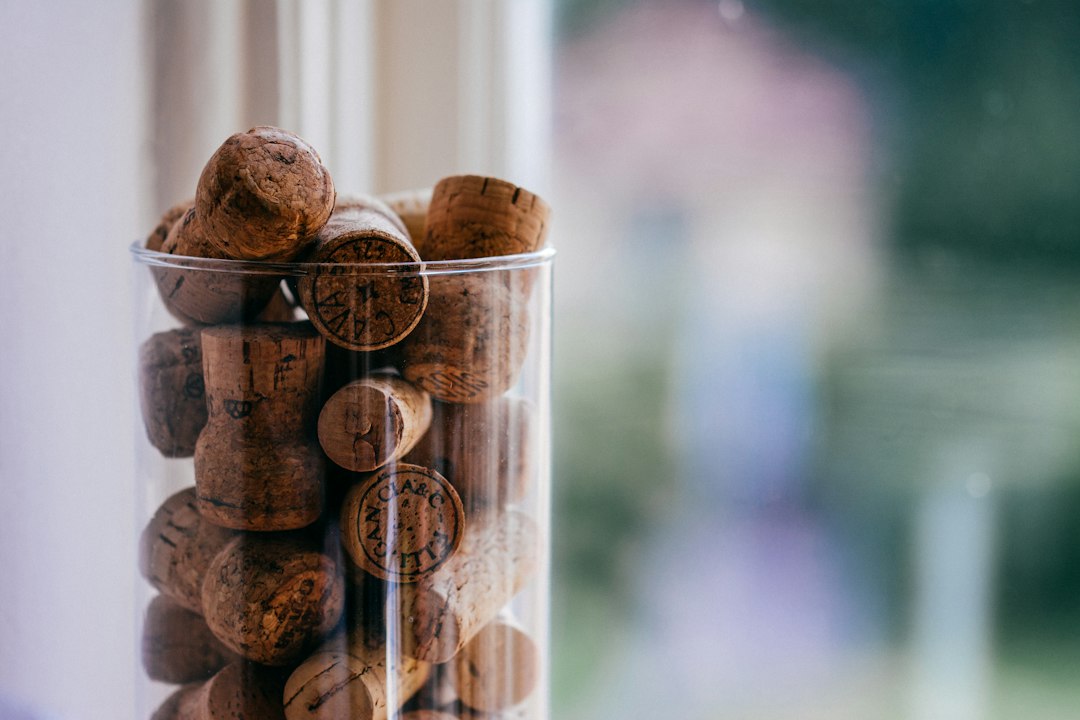
How to Choose the Right Red Wine
Share
Choosing the right red wine can be a daunting task, given the vast array of options available on the market. Whether you're a seasoned connoisseur or a casual enthusiast looking to enhance your dining experience, selecting the perfect red wine for any occasion requires a blend of knowledge, intuition, and a keen sense of taste. This comprehensive guide will walk you through expert tips on how to navigate the complex world of red wines, helping you make informed decisions that will elevate your culinary encounters. From understanding the basics of red wine varieties to mastering the art of pairing, we've got you covered.
Understanding Red Wine Varieties
Red wine is celebrated for its rich flavors, diverse styles, and health benefits, attributed mainly to the antioxidants found in grape skins. But before diving into the art of selection, it's essential to familiarize yourself with the major types of red wine.
The Big Reds: Cabernet Sauvignon, Merlot, and Shiraz
Cabernet Sauvignon, Merlot, and Shiraz (or Syrah) are often referred to as the "big reds." These wines are known for their bold flavors, high tannin content, and ability to age gracefully. Cabernet Sauvignon is revered for its depth and complexity, offering flavors of blackcurrant and plum, often with a hint of cedar or tobacco. Merlot, on the other hand, is softer, with a fruitier profile that makes it more accessible. Shiraz showcases spicy, dark fruit flavors, with a peppery finish that is unmistakable.
Elegant and Earthy: Pinot Noir and Sangiovese
Pinot Noir and Sangiovese represent the more elegant, earthy side of red wines. Pinot Noir is delicate, with a subtle strength and layers of complexity, offering aromas of cherries, raspberries, and a hint of forest floor. Sangiovese, the grape behind the famous Chianti, is more about tart cherry flavors and earthy tones, with a bright acidity that makes it a favorite for Italian cuisine.
Decoding Tannins and Body
Tannins and body are crucial factors that influence the texture and taste of red wine. Understanding these elements can significantly impact your selection process.
What are Tannins?
Tannins are naturally occurring compounds found in grape skins, seeds, and stems. In red wines, tannins contribute to the wine's structure and longevity, imparting a sensation of dryness or astringency in the mouth. Wines with high tannin content, such as Cabernet Sauvignon, are often described as "bold" or "grippy," whereas wines with lower tannin levels, like Pinot Noir, are considered smoother and more delicate.
Light, Medium, and Full-Bodied Wines
The body of a wine refers to its weight or fullness in the mouth, which is influenced by alcohol content, tannin levels, and how the wine was made. Light-bodied red wines are typically lower in alcohol and tannins, offering a more delicate mouthfeel, while full-bodied reds are richer, with higher alcohol content and a more pronounced tannin structure. Medium-bodied wines fall somewhere in between, offering a balance of fruit, alcohol, and tannins.
The Importance of Terroir
Terroir—the unique combination of factors including soil, climate, and vineyard practices—plays a significant role in the character of a wine. Understanding the impact of terroir can help you choose wines that truly resonate with your palate.
Old World vs. New World
Old World wines, from regions like France, Italy, and Spain, tend to be more terroir-focused, with subtler fruit flavors and higher acidity. These wines often exhibit a sense of place, reflecting the specific characteristics of their vineyard locations. New World wines, from countries like the USA, Australia, and Chile, typically showcase bolder fruit flavors, with a more pronounced use of oak and a generally fuller body.
Climate's Impact on Flavor
The climate of a wine-growing region can significantly affect the taste and style of the resulting wine. Cooler climates tend to produce wines with higher acidity and more nuanced flavors, while warmer climates yield wines with riper fruit flavors and a fuller body. By understanding the climate of the region where a wine is produced, you can better predict its flavor profile and body.
Mastering Wine Pairing
Pairing wine with food is an art that enhances the dining experience by complementing flavors and textures. The right red wine can elevate a meal from good to unforgettable.
Understanding Pairing Basics
The basic principle of wine pairing is to match the wine's body and flavor profile with the weight and intensity of the food. A robust, full-bodied red wine pairs well with hearty dishes like steak or lamb, while lighter reds, such as Pinot Noir, complement dishes with more subtle flavors, such as grilled chicken or salmon.
Contrast vs. Complement
Pairings can either contrast or complement the flavors of the food and wine. Contrasting pairings create a balance by opposing flavors, such as pairing a tart wine with a sweet dish. Complementary pairings, on the other hand, enhance similar flavors, like a spicy Syrah with a spicy barbecue dish.
Reading Labels and Reviews
Wine labels and reviews are valuable sources of information that can guide your selection process. Learning to interpret these can help you discover wines that match your preferences.
Deciphering Wine Labels
Wine labels provide essential details about the wine, including the grape variety, region of origin, vintage, and sometimes, tasting notes. Paying attention to these elements can give you a good idea of the wine's style and flavor profile before you even open the bottle.
Leveraging Professional Reviews
Professional wine reviews can be a helpful resource, offering expert opinions on a wine's quality, taste profile, and aging potential. Look for reviews from reputable sources, and pay attention to the scoring system used, as it can vary between publications.
Where to Buy and How to Store
Purchasing and storing red wine correctly is crucial for preserving its quality and ensuring it's enjoyed at its best.
Choosing the Right Retailer
Selecting a reputable wine retailer, whether it's a local wine shop, a supermarket with a well-curated selection, or an online store, is vital. Knowledgeable staff can provide personalized recommendations, helping you find wines that align with your taste and budget.
Proper Wine Storage
Proper storage is key to maintaining a wine's integrity. Store red wines in a cool, dark place, away from direct sunlight and fluctuations in temperature. Ideally, wines should be kept at a consistent temperature of around 55°F (13°C). If you're planning to age your wine, consider investing in a wine fridge or cellar to ensure optimal conditions.
Enhancing Your Wine Tasting Skills
To truly appreciate red wine, it's helpful to develop your wine tasting skills. This not only enhances your enjoyment but also aids in making more informed choices.
Engaging All Your Senses
Wine tasting is a multisensory experience. Look at the wine's color and viscosity, smell its aromas, and taste its flavors. Take note of the wine's body, acidity, tannins, and finish. Over time, you'll start to recognize distinct characteristics and develop personal preferences.
Attending Tastings and Wine Classes
Participating in wine tastings and classes is an excellent way to expand your knowledge and palate. These experiences provide opportunities to sample a variety of wines, learn from experts, and interact with fellow wine enthusiasts.
Selecting the right red wine doesn't have to be overwhelming. By understanding the basics of wine varieties, tannins, body, terroir, and the art of pairing, you're well on your way to making confident choices that will enhance any dining experience. Remember, the world of wine is vast and diverse, so keep exploring, tasting, and learning. Your perfect red wine is out there waiting to be discovered.
For further reading, consider exploring our articles on How Red Wine is Made: A Guide, Advanced Wine Tasting Techniques Explained, and Creating Perfect Wine Pairings at Home to deepen your understanding and appreciation of wine.



